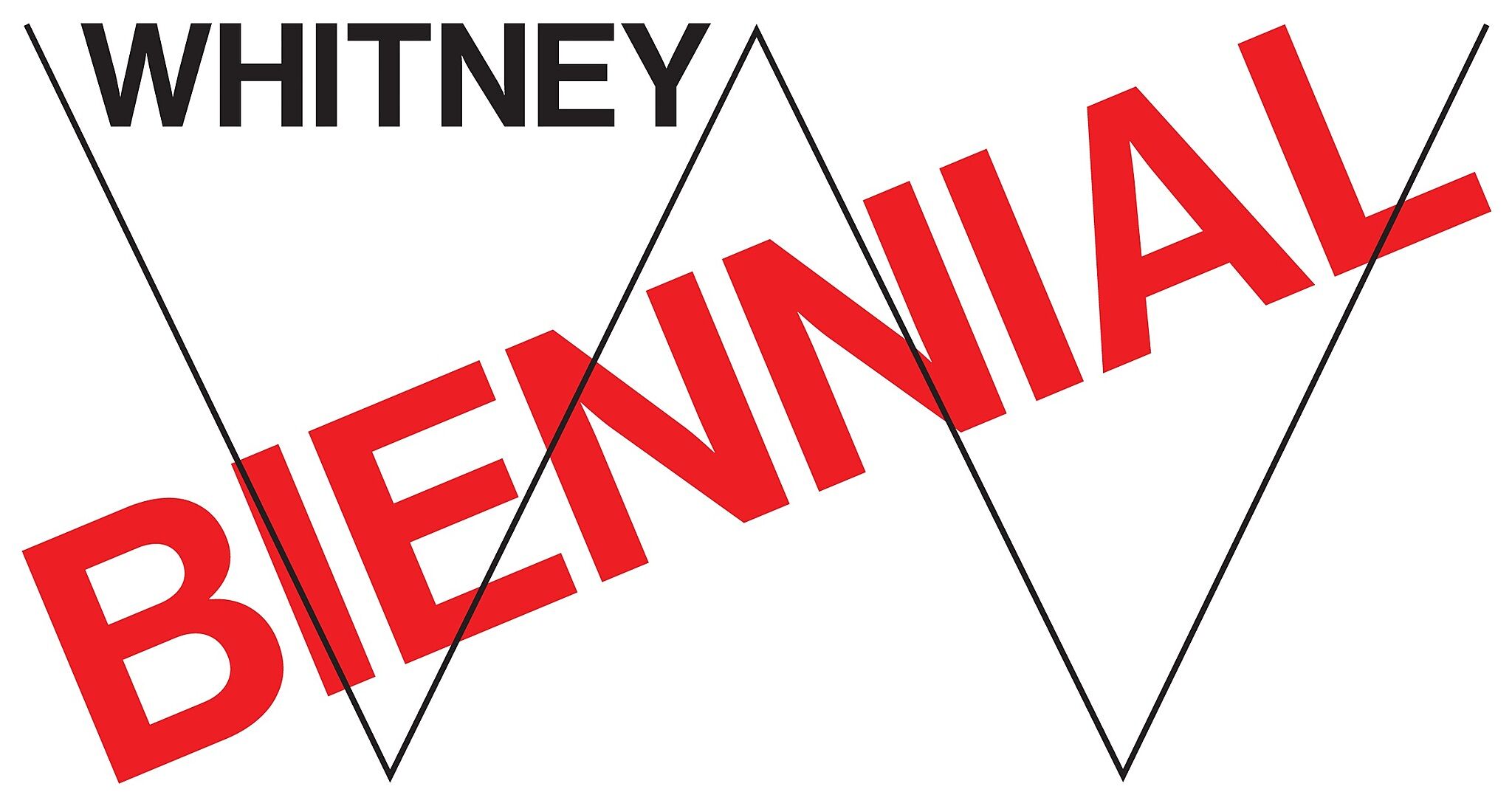Semiotext(e)
Mar 6, 2014
0:00
Semiotext(e)
0:00
Stuart Comer: A lot of people keep asking, you know, how can I consider Semiotext(e) an artist, and I don’t think of Semiotext(e) as an artist. They’re definitely a publisher.
Narrator: Curator Stuart Comer.
Stuart Comer: But they have held such a primary and central role within a certain corner of the art world that’s been very important for me. In the 1970s when Sylvère Lotringer founded the press, it was very much within the context of the art world or the art community in downtown New York City. And really thinking about links between certain kinds of theoretical writing and the art that was being produced at that time.
And so, for me, it really is about the artist’s voice. How the artist’s voice can not only be presented through painting and sculpture and other conventional objects, but how through the act of publishing, and writing, and rethinking the distribution of ideas, we can start to really rethink about how artist’s voices are entering our world. So that the museum is just not conventionally a display case, but that it becomes a site of knowledge production.
I love the idea that Semiotext(e) could somehow become central here, because they always produce small scale pocket books that you would take with you, and you would read on your lunch break, and that somehow were always with you. It seems more important than ever to me to really champion that model and remember it, and not treat it as history but in fact acknowledge that it’s very active and alive, and for that reason we’ve asked them to produce twenty-eight new booklets on the occasion of the Biennial.

